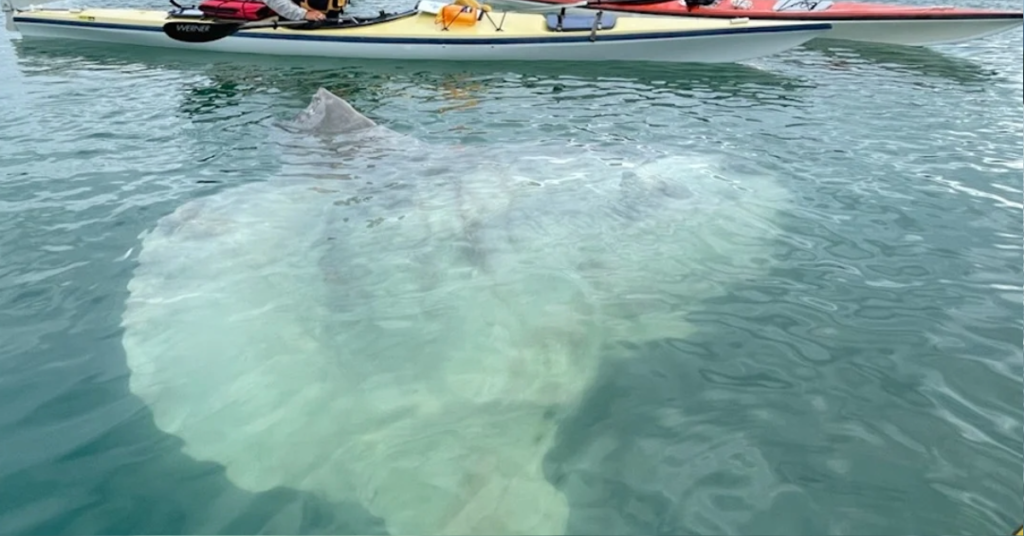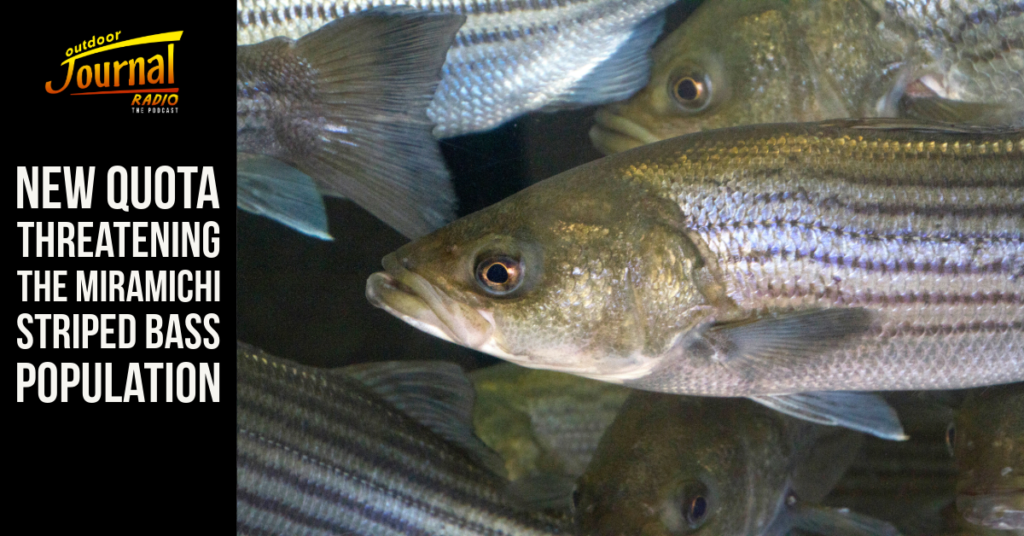Sunfish sightings are persistently emerging along the West Coast, and some of these sightings feature notably large specimens – Holy Mola!
Jackie Hildering, a researcher affiliated with the Marine Education Resource Society, which is based on northern Vancouver Island, recently came across a striking photograph. The image portrayed an enormous Mola mola and was submitted to a citizen science project aimed at gathering data on two distinct species of sunfish found along the Pacific Coast.
The photograph, captured in Kyuquot Sound during early August off the western coast of Vancouver Island, vividly showcases the remarkable size of this creature. Hildering emphasized that Molas can attain astonishing dimensions, sometimes exceeding three meters.
As an experienced diver and the education director of MERS, Hildering has encountered Molas during previous ocean surveys. Nevertheless, the photograph underscores the sheer magnificence of these enigmatic fish, she remarked.
“It’s such a striking photo. You can see how big it is next to the kayaks,” she said.
The Mola featured in the photograph, commonly referred to as an ocean sunfish, is one of the two Mola species that MERS is seeking public assistance in gathering information about in the region spanning from California to Alaska.
The second Mola species encountered in West Coast waters is the Mola tecta, which is also fittingly known as the hoodwinker sunfish. Hildering explained that this name is appropriate because, until recently, it was mistakenly identified as an ocean sunfish, resulting in its unnoticed presence in Pacific Northwest waters.
“They’ve been hiding in plain sight all this time,” Hildering said.
According to Hildering, the existence of the hoodwinker species was confirmed by New Zealand marine scientist Marianne Nyegaard in 2017. However, it was previously believed that the hoodwinker primarily inhabited the warmer waters of the Southern Hemisphere. It wasn’t until 2019 that Nyegaard stumbled upon social media posts featuring Mola photos from northwest waters. These posts had misidentified the specimens as ocean sunfish rather than the newly identified species.
Subsequently, Nyegaard and other researchers have come across additional social media posts showcasing both ocean and hoodwinker sunfish along the West Coast, as pointed out by Hildering.
MERS is actively involved in collecting data on public sightings to gain a better understanding of the distribution of both types of Mola fish, she explained.
While Mola sightings are infrequent, they are not rare, and these sightings often occur when the fish are basking at the water’s surface. This behavior attracts seabirds, which remove parasites from the marine giants, Hildering noted.
She also added that the heaviest recorded sunfish to date weighed 2.3 tonnes, and despite their enormous size, these bony fish exhibit surprising agility and speed, capable of leaping from the water when pursued by predators.
Hildering mentioned that MERS has received 23 citizen reports on both Mola species this year. The recent photograph and others submitted by the public underscore the significance of crowd-sourced science in unraveling marine mysteries and emphasize how much there is still left to discover about marine ecosystems, according to Hildering.
“The beauty of citizen science is people can help provide pieces to these ocean puzzles.”
To report a Mola sighting to MERS, including photos and/or videos, as well as to learn more about the distinctions between the two species, please visit the MERS website.








